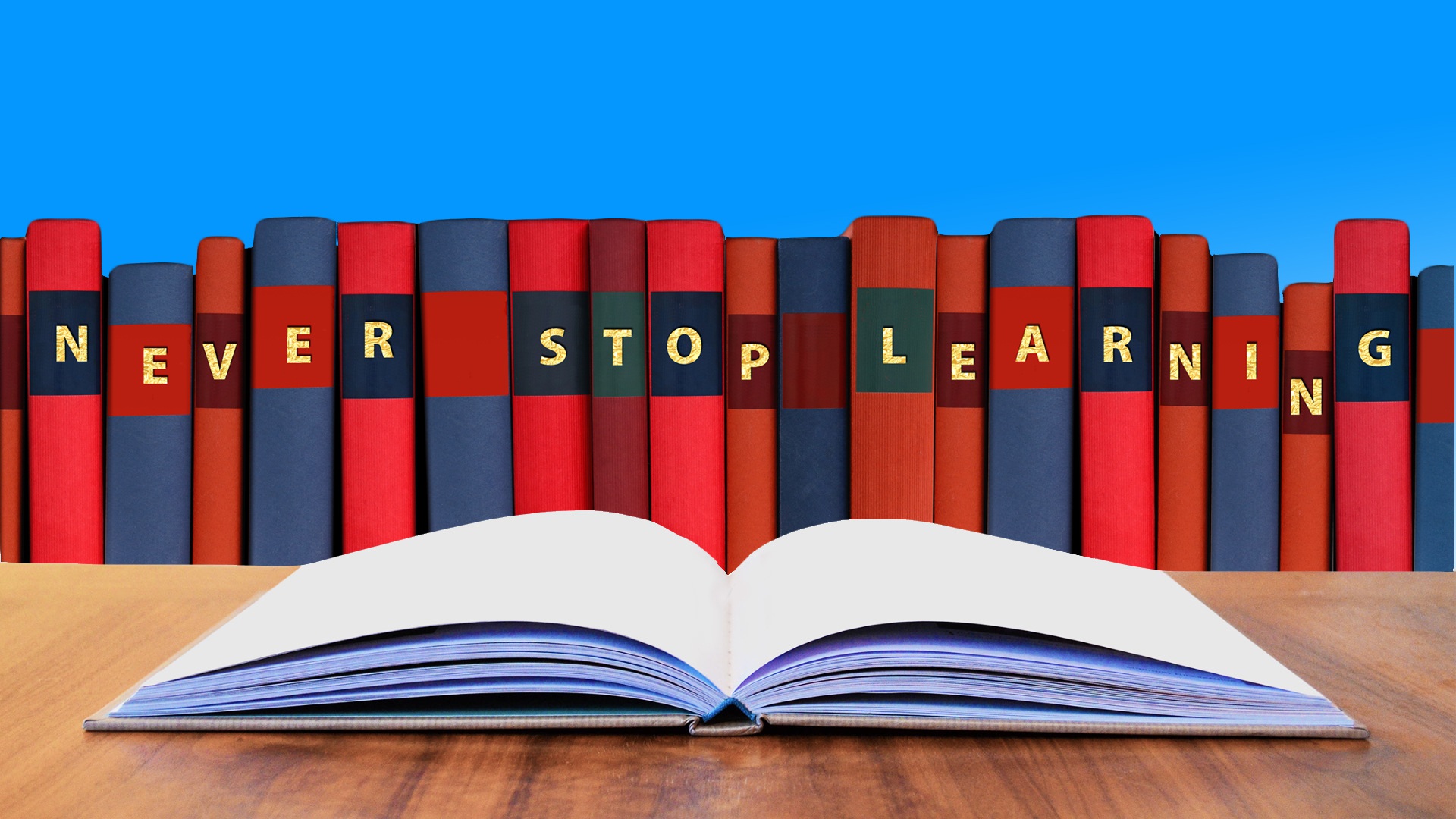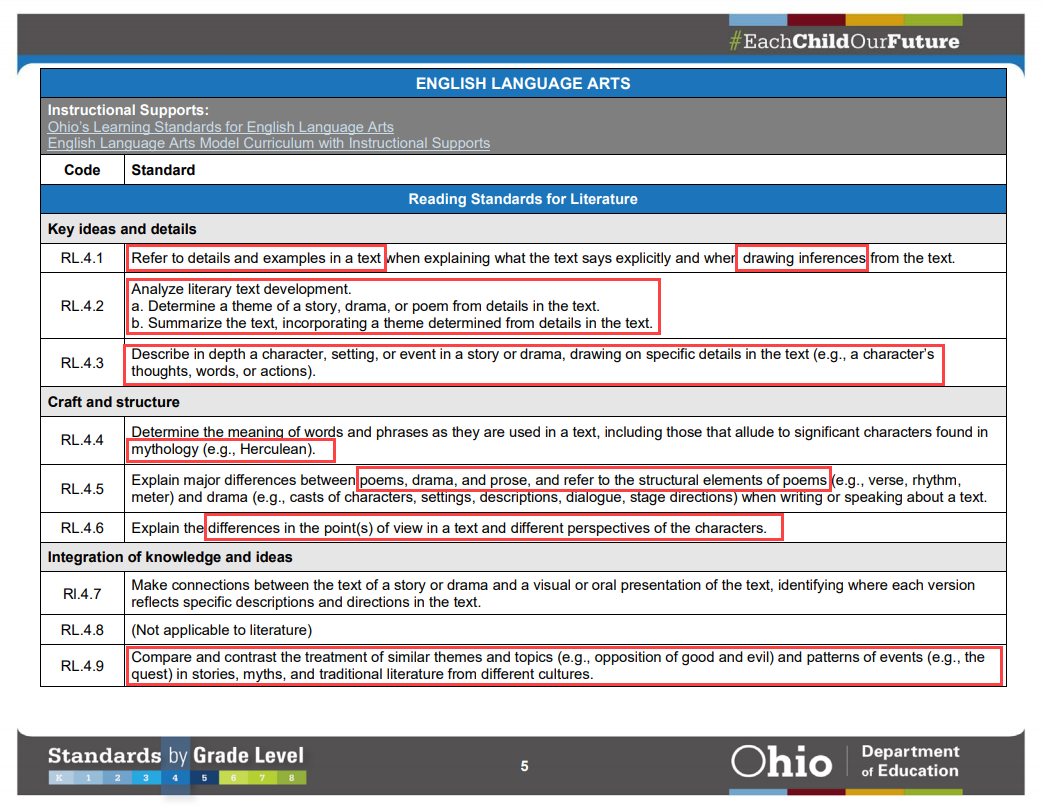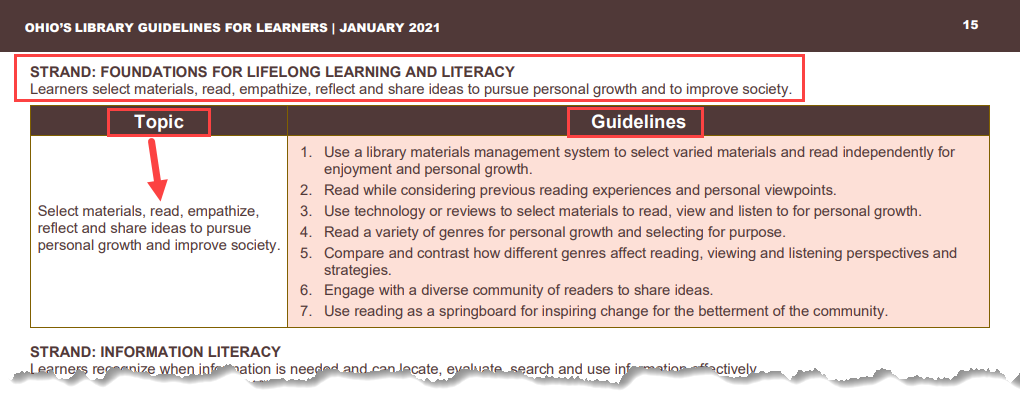School libraries are the heart of a school. As a librarian, you have a unique ability to connect with every single teacher and staff member. To better equip yourself to be the go-to when teachers and students need resources, it is important to become familiar with the foundation of students' education. That foundation is made up of the curriculum and standards being taught each school day. Having a better understanding and greater knowledge of what is being taught in the classroom can help you not only provide students with titles they love and want to read, but also support them in more scholarly endeavors. This lesson will cover the basics of what a curriculum is, how it relates to state standards for education, and how the library can support both. An effective library will have a balance of resources that support the curriculum and also help foster a love of reading by providing materials students want to read.
What Is a Curriculum?
According to the Merriam-Webster Dictionary, the word curriculum simply refers to the classes offered by an educational institution. A curriculum is the lessons and content taught or offered in a school and is taught is based on learning standards for the subject or area students are studying. Check out this video of a teacher describing the difference between curriculum and standards and how they work together. As a librarian, you may be required to create your own curriculum or follow a district curriculum. Also, because the library is the hub of the school, it is important to be familiar with the state's educational standards as well. The library can help in creating and supporting the curriculum of the teachers in the building.

If you aren't already familiar with Ohio's Learning Standards, visit Ohio's Learning Standards on the Ohio Department of Education website to learn more about grade level and subject area standards. Learning more about the overall subject matter taught within a grade can place you in a prime position to include the library and its materials in the lessons taught around a subject. Taking a deep dive into the curriculum and assessing your collection may also give opportunities to supplement or enhance the library collection once you know the subject matter being taught throughout the year. While reviewing the standards, note any major themes or specific content that the library could help support.
Let's look at an example. Here is a portion of the standards for 4th grade English Language Arts. Let's focus on Reading Standards for Literature. Look through the different standards under this topic.

As you can see from the highlighted phrases, there are many ways the library can help support teaching the concepts required at the 4th grade level. Here are a few ideas:
Once you are familiar with the standards, think about ways to incorporate the library into the curriculum across the school or district. Here are some ideas of how to begin to make connections.
Another set of guidelines you should be familiar with and use to help plan your teaching throughout the year are the Ohio Library Guidelines. These guidelines were created in 2021 with the goal of creating strong library programs which support digital literacy, information literacy, media literacy, and create a foundation for lifelong learning and literacy. They define what learners should know and be able to do, but not how a librarian should teach. Use Ohio Library Guidelines alongside the Ohio Library Guidelines for Learners, which are separated into grade bands with content knowledge and skills appropriate for that level.
Let's look a little deeper at the Ohio Library Guidelines for Learners for grades 6 through 8. In the screenshot below, Foundations for Lifelong Learning and Literacy is one of four strands that help students become well-rounded, successful students and members of society. By 8th grade, students should be able to demonstrate the skills listed under Guidelines.

After reading through these guidelines, how might you incorporate these skills into the library curriculum? Here are a few ideas:
Fetch is avaiable to INFOhio automated schools. If you are an INFOhio school, please log in with your school username/password using the button at the top-left corner of this page.
For more information about Fetch, please visit the Fetch information page or contact INFOhio support at https://support.infohio.org.